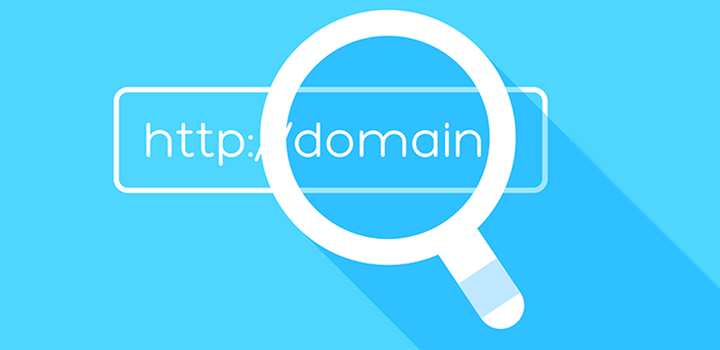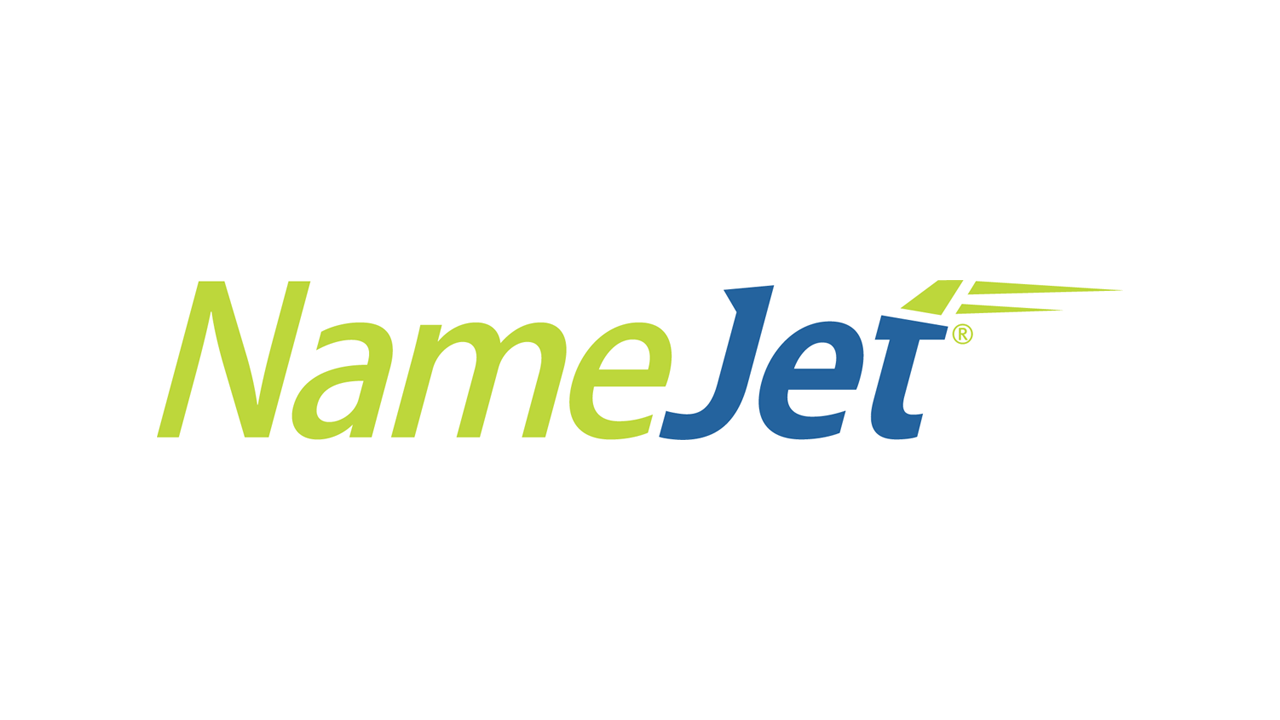Ein Domainname ist eine Identifikationszeichenfolge, die durch die Regeln und Verfahren des Domain Name System (DNS) definiert ist. Es sollte darauf hingewiesen werden, dass ein Domain-Name zur ausschließlichen Verwendung unter einer juristischen oder natürlichen Person vergeben wird. Insbesondere repräsentiert ein Domänenname eine Internetprotokollressource, z. B. eine Website. Der Domainname kann als ein Ort beschrieben werden, an dem bestimmte Informationen und Aktivitäten gefunden werden können. Aus Marketing-Sicht kann ein Domain-Name daher die Identität des Unternehmens sowie die von diesem Unternehmen angebotenen Produkte und Dienstleistungen darstellen. Daher müssen Domain-Namen so eindeutig wie möglich sein, da das Vorhandensein von Websites mit ähnlichen Domain-Namen für Kunden und potenzielle Geschäftspartner irreführend sein kann.
Die Internet Corporation für zugewiesene Namen und Nummern (ICANN) ist eine internationale gemeinnützige Organisation, die die Zuweisung von IP-Adressen und Domainnamen überwacht. Zu den Hauptaktivitäten von ICANN gehört es, die Registrierung von Domainnamen zu erleichtern, eine Richtlinie für die Internationalisierung des Domain Name Systems zu entwickeln und Streitigkeiten über Domainnamen beizulegen. Insbesondere hat ICANN die Uniform Domain-Name Dispute-Resolution Policy (UDRP) entwickelt, um die Beilegung von Streitigkeiten bezüglich der Registrierung von Domain-Namen zu erleichtern.
Registrierungsverfahren:
Um einen Domainnamen zu registrieren, muss der Registrant prüfen, ob der jeweilige Domainname verfügbar ist, ihn dann bei einem von ICANN akkreditierten Registrar registrieren und einen WHOIS-Datensatz mit den Details des Registranten erstellen. WHOIS ist eine Datenbank, die Informationen zu registrierten Domaininhabern enthält. Darüber hinaus ist es möglich, Domains über die Reseller des Registrars zu registrieren.
Der Registrant bezeichnet die Organisation oder die Person, die den Domainnamen registriert hat. Ein Registrant behält sich einen Domainnamen vor, indem er sich bei einem Domain-Registrar oder einem seiner Reseller bewirbt. Der Registrant muss bestimmte vom Registrar festgelegte Regeln befolgen. Es sollte darauf hingewiesen werden, dass Registranten mit den Zahlungsgebühren und der Übermittlung aktualisierter Daten vereinbar sein müssen. Darüber hinaus müssen Registranten ihre Domains auf Nameservern auflisten, damit diese Domain im Internet erreichbar ist. Beachten Sie, dass ein Registrant verpflichtet ist, seinen eigenen Nameserver zu sichern oder zu hosten, falls der Registrar diesen Dienst nicht anbietet oder er den Dienst des Registrars deaktiviert hat.
Registrare sind Organisationen, die von ICANN akkreditiert und durch Registrierungsvorgänge für den Verkauf von Domains zertifiziert sind. Einige Registranten können sich jedoch dafür entscheiden, sich über einen Wiederverkäufer zu registrieren. Registrierungsbetreiber sind dafür verantwortlich, Registrierungsanfragen von Registraren oder Registranten anzunehmen, über eine Datenbank mit den erforderlichen Registrierungsdaten zu verfügen und Nameserver anzubieten, um die Zonendateidaten über das Internet zu veröffentlichen.
Domain Name Streit:
Das UDRP hat den rechtlichen Rahmen festgelegt, der die Beilegung von Streitigkeiten zwischen einem Domainnamen-Registranten und einem Dritten über die missbräuchliche Registrierung und Verwendung eines Domainnamens in den generischen Top-Level-Domains regelt. Infolgedessen kann jede Person oder Firma einen Domainnamenanspruch bezüglich einer generischen Top-Level-Domain (gTLD) einreichen, die die UDPR-Verfahren verwendet.
Das UDRP-Verwaltungsverfahren kann die folgenden Streitigkeiten lösen:
-
- Der vom Registranten registrierte Domainname ist identisch oder ähnlich einer Marke oder Dienstleistungsmarke, an der die Beschwerde Rechte hat.
-
- Der Domain-Registrant hat keine Rechte oder berechtigten Interessen in Bezug auf den betreffenden Domain-Namen.
- Der Domainname wurde registriert und wird in böser Absicht verwendet. Ein eindrucksvolles Beispiel für einen Domainnamen, der registriert wurde und in böser Absicht verwendet wird, ist die Registrierung, die hauptsächlich dazu dient, das Geschäft eines Konkurrenten zu stören.






























